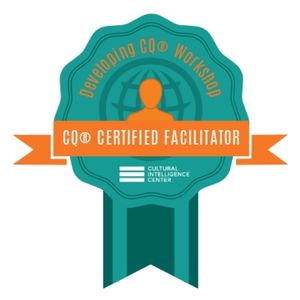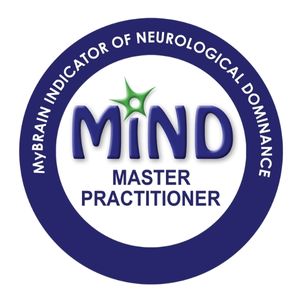Hello everybody. I’m Victoria Rennoldson, Communication and Culture Coach, and welcome to Wednesday Words with me. You can choose to watch this by clicking ‘play’ on the video above, which also has subtitles.
Or, because I know that many of you, just like me, like to listen to podcasts when you’re out and about, you can listen to the audio only version, by clicking below:
Finally, you can also read the blog as well, right here below.
Today’s topic on Wednesday Words is all about how to disagree well. This is a really key topic, as it doesn’t matter what you do, what business you’re in- whether you run your own business, whether you’re in corporate- we all have to disagree with other people at some point, and of course it’s important to know how to do this well.
We need to know how to communicate in a way that expresses our views, because we have that opinion, but at the same time, find a way to be respectful to maintain the relationship, because often we’re working with people that we want to continue to work with, and you still have that opportunity to communicate in a constructive way. For this, I have a How to Disagree framework, which has three key steps and I would like to share this with you today, to help you to be more effective in communicating, in what may appear to be a challenging situation.
So, let’s start with Step one: Understand and Clarify. Before you express any opinion, and I know this is difficult because often we immediately jump to how we feel about an idea, and what we would do differently or alternatively, we need to stop and pause, and actually make sure we really understand the idea that’s being shared with us. So what I mean by this, is that we’re going to say a very simple statement:
“Tell me more…”
It’s very simple, but actually we’re encouraging the other person to make sure they’re sharing fully their idea, that they’ve got all the detail in there and we truly understand all aspects of that idea. So ‘tell me more’ is a powerful statement.
You may also need to ask questions to clarify and to check, that you’ve really understood all the aspects of the idea, and to check in with our own assumptions, just to make sure that we’re not assuming something about this idea which isn’t true, and actually may be affecting our opinion of it.
Let’s move into Step two: Focus on the Positive first. Now, this is a great technique, particularly when we’re trying to maintain the relationship and show our respect for the other person, who may have put a lot of thought and energy into developing their idea. We’re looking for what is positive in the idea, even if we really don’t like it, so for example, we might say things like:
“What I really like about your idea is…”,
“and…”
If possible, come up with a couple of thoughts. If you find that difficult, then you might even comment on their energy and passion for the idea. If that’s even a struggle for you, then just acknowledge their position, which demonstrates empathy, for example by saying:
“I see where you’re coming from on this idea…”
And then finally, Step three. This is where we get to the disagreeing part, but we’re going to Disagree Constructively, by using an innovation mindset to think about how we are going to build the idea, and make it even better. We’re going to be working together with the other person, and helping them build the idea, but to do that, we need to ask permission first, such as with the following question, before we start adding on our own thoughts:
“Are you open to feedback on this idea?”,
If they’re open to feedback, and hopefully they are, then we can start building. We can make suggestions, such as:
“What about if we did it this way?” or
“How about if we took this idea and added this extra thought?”.
The point is, we’re building on the foundations of their idea rather than knocking their idea down, and trying to push our own agenda, and that’s quite important because it’s inclusive, it’s team building, and it’s coming with the intention of together two minds can come up with that better solution, that better idea.
So there you go, there’s the framework and here are the three key steps in summary:
Step One: Understand and Clarify, making sure we really do understand the idea first, we take away our assumptions, and we ask questions.
Step Two: Focus on the Positive first. Try to see if there is something positive there that we can acknowledge, and help them feel good about the idea that they’ve shared.
Step Three: Disagree Constructively. We’re in the innovation mindset of building the idea, and building it together, to get to a better solution.
Just a side note: what if you really disagree with the idea, and there is nothing positive for you to see in it, and you can’t see how it can be built together from that foundation?
Of course that can happen, and what I would do in that situation is to try to be more direct in my language, and in my communication style. So I might be saying things like:
“To be honest, what I really think is…”
I also might be disagreeing in a way which is “Yes, AND…”
You might have heard people say in the past “Yes, but what I think is this…”. However, “Yes, BUT…” is a very interruptive thought, and it’s setting up an opposition, so try to use “Yes, AND…” instead, so that you can actually feel like you’re building a conversation together.




